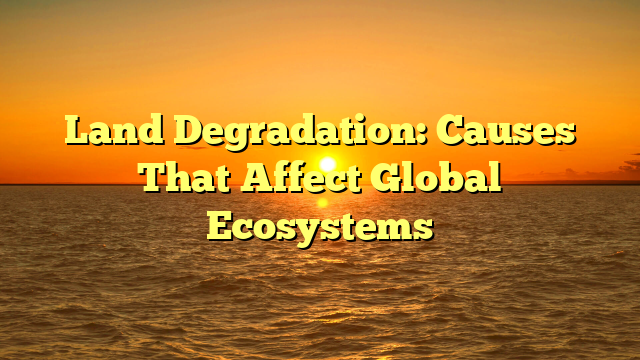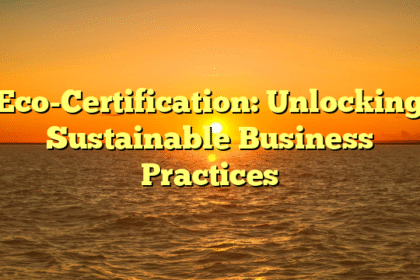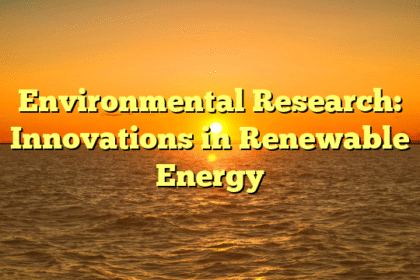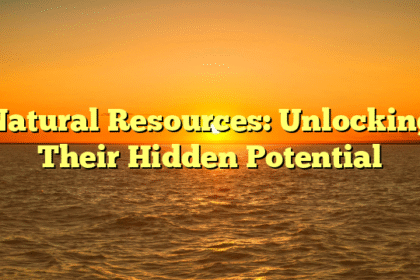Land Degradation
Land degradation is a urgent world problem that poses threats to ecosystems, agriculture, and human livelihoods. It encompasses the decline in land’s productive capability, usually ensuing from varied anthropogenic and pure components. Because the world’s inhabitants grows and urbanization will increase, understanding the causes of land degradation turns into vital for sustainable improvement and environmental preservation.
On this article, we are going to delve into the first causes of land degradation, exploring how they impression ecosystems worldwide. We may even present actionable insights to fight this pressing downside.
What’s Land Degradation?
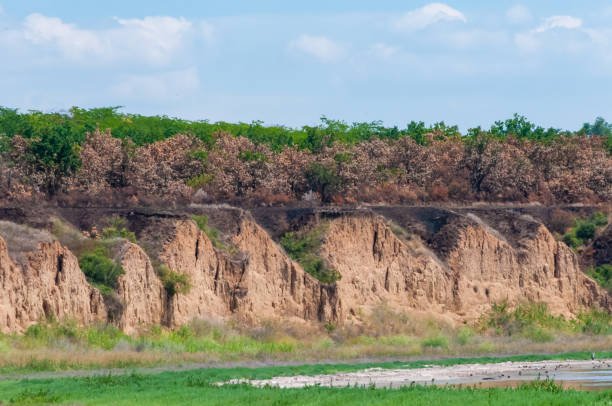
Land degradation refers back to the deterioration of land high quality, decreasing its utility and productiveness. It might happen in varied varieties, together with soil erosion, lack of soil fertility, salinization, and desertification. Each rural and concrete areas undergo from land degradation, impacting wildlife habitats, water sources, and meals safety.
The Significance of Wholesome Ecosystems
Wholesome ecosystems are important for sustaining life on Earth. They supply important companies corresponding to clear air, water filtration, and fertile soil. Disrupted ecosystems can result in a sequence response, affecting biodiversity and compromising the flexibility of pure environments to recuperate.
Main Causes of Land Degradation
1. Deforestation
Deforestation entails the large-scale removing of bushes, usually for agriculture, city improvement, or logging. The implications of deforestation are manifold:
-
- Soil Erosion: Bushes play an important function in sustaining soil integrity. Their removing exposes soil to erosion by wind and water.
-
- Lack of Biodiversity: Forest ecosystems are residence to innumerable species. Deforestation results in habitat loss, placing many species vulnerable to extinction.
-
- Local weather Change: Bushes sequester carbon dioxide; their removing contributes to elevated greenhouse fuel ranges.
2. Unsustainable Agriculture Practices
Agriculture, whereas important for offering meals, can contribute to land degradation if not managed sustainably. Key components embody:
-
- Overgrazing: Livestock grazing can result in soil compaction and lack of vegetation, permitting for erosion.
-
- Monocropping: The cultivation of a single crop over time depletes soil vitamins and will increase vulnerability to pests.
-
- Chemical Utilization: Extreme use of fertilizers and pesticides can result in soil and water contamination, harming ecosystems.
3. Urbanization
Fast urbanization alters pure landscapes, usually leading to:
-
- Habitat Loss: The growth of cities usually comes on the expense of pure habitats.
-
- Soil Sealing: Concrete and asphalt create impermeable surfaces, decreasing the land’s pure capability to soak up rainwater and resulting in elevated flooding and runoff.
4. Local weather Change
Local weather change impacts land degradation in a number of methods:
-
- Elevated Erosion: Excessive climate occasions, corresponding to hurricanes and heavy rainfall, can speed up soil erosion.
-
- Desertification: Modifications in rainfall patterns can result in the deterioration of arid and semi-arid lands into deserts, a phenomenon exacerbated by human exercise.
5. Industrialization
The method of business progress additionally contributes to land degradation:
-
- Air pollution: Industrial runoff can contaminate land and degrade its high quality.
-
- Useful resource Extraction: Mining and drilling can result in important land disruption, inflicting long-term injury to ecosystems.
The Impression of Land Degradation on World Ecosystems
Land degradation impacts ecosystems on a number of ranges:
Decreased Biodiversity
As pure habitats are destroyed, many species face extinction. Biodiversity is essential for ecosystem resilience, permitting environments to adapt to modifications. The lack of any species can disrupt meals chains and ecological steadiness.
Water High quality and Availability
Degraded lands usually contribute to poor water high quality. Soil erosion can result in elevated sediment in waterways, whereas agricultural runoff contaminates ingesting water provides. When ecosystems are compromised, the pure purification processes of water our bodies are hindered.
Meals Safety Threats
Land degradation diminishes agricultural productiveness, threatening world meals safety. With a rising inhabitants, meals demand continues to escalate. Degraded soils are much less able to producing high quality crops, resulting in potential meals shortages and elevated costs.
Social and Financial Prices
The consequences of land degradation lengthen past environmental considerations. Economically, communities reliant on agriculture face declines in earnings and livelihood. Socially, the pressure on sources can result in conflicts over land and water entry.
Actionable Insights to Fight Land Degradation
1. Sustainable Land Administration Practices
-
- Agroecology: Promote various cropping techniques that improve soil fertility and irrigation administration.
-
- Conservation Tillage: Decreasing tillage helps keep soil construction and well being.
2. Reforestation and Afforestation
Planting bushes might help restore degraded land. Taking part in or initiating native reforestation tasks contributes to ecosystem restoration and enhances carbon sequestration.
3. City Planning
-
- Inexperienced Infrastructure: Integrating parks, inexperienced roofs, and permeable surfaces helps counteract the results of urbanization by enhancing rainwater absorption and biodiversity.
-
- Zoning Legal guidelines: Implementing rules that promote sustainable land use may be useful.
4. Schooling and Consciousness
Elevating consciousness about land degradation’s causes and penalties is essential. Have interaction communities in academic packages that promote sustainable practices and conservation efforts.
5. Coverage and Governance
Enhancing authorized frameworks governing land use might help mitigate degradation. Governments ought to encourage practices that promote sustainable land administration and shield pure sources.
Conclusion
Land degradation is a multifaceted downside that threatens ecosystems, meals safety, and livelihoods across the globe. Understanding its causes—from deforestation to unsustainable agriculture—permits us to develop efficient methods for mitigation.
By adopting sustainable land administration practices, selling reforestation, and elevating consciousness, we are able to fight land degradation and make sure the preservation of our treasured ecosystems. Each particular person has a task to play on this world problem, and taking actionable steps might help restore the well being of our planet for future generations.
Allow us to foster a world the place land is handled with respect—one which thrives in concord with its ecosystems. Your actions matter, and collectively we are able to make a distinction!
